Exploring the heart of Harley-Davidson’s touring and cruiser lineups, you’ll find the robust Milwaukee-Eight engine series. Among these, the 114 and 117 cubic inch models stand out as the bigger, more powerful options in the range. If you’re in the market for a Big Twin engine, understanding the nuances between the 114 and 117 engines is crucial as you make your choice. Both engines promise the rumble and thrust synonymous with the Harley-Davidson experience, yet each brings its unique flavor to your ride.
The 114 engine boasts a displacement of 1,868cc, offering a blend of torque and power that’s well-suited to those long stretches of highway. Moving up the scale, the 117 engine, traditionally the powerhouse of Harley’s CVO (Custom Vehicle Operations) models, amplifies everything a step further. It not only provides increased displacement but also usually comes with enhanced features and finer tuning right out of the gate. As you weave through traffic or throttle down open roads, the differences in performance and feel between these two may influence your decision significantly.
Understanding these distinctions is about more than just technical specifications; it’s about fitting your personal riding style and expectations. Whether you’re considering a new acquisition or contemplating an upgrade, your preference for responsiveness, torque, and the legendary Harley growl will play pivotal roles. As you navigate this decision, let’s unpack the key points that set the 114 and 117 Milwaukee-Eight engines apart, ensuring you’re equipped to choose the heart that’s right for your ride.
Related read: The Comprehensive Timeline of Harley Engines by Year
Comparing The Harley114 vs 117 Engines
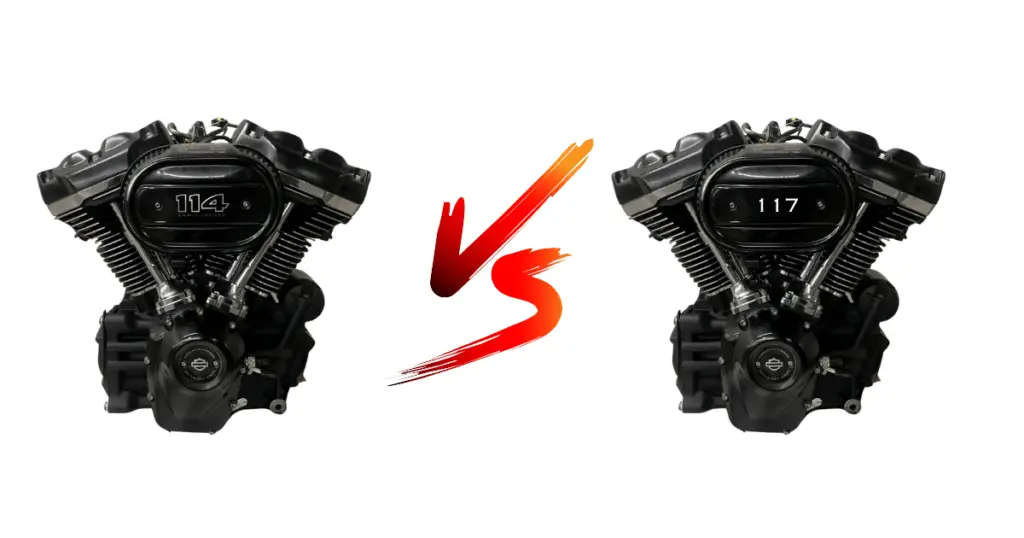
In the realm of Harley-Davidson engines, both the 114 and 117 are revered by enthusiasts for their power and torque capabilities. Let’s dive into the specifics of how these two engines size up against each other.
Performance Comparison
When assessing power and torque, the Milwaukee-Eight 117 engine typically edges out the 114. You’ll see this reflected in the acceleration and dyno tests. The 117 can offer a brisker throttle response, primarily due to its higher output statistics.
Displacement and Compression Ratio
The Milwaukee 8 114 engine has a displacement of 114 cubic inches, while the Milwaukee-Eight 117 ups the ante to 117 cubic inches. This increase in size translates directly to more power under your throttle. In terms of compression ratio, the 117 often has a slight advantage, resulting in a more significant pound-foot of torque per cubic inch ratio.
Design and Mechanical Differences
Both engines feature four-valve cylinder heads and are part of the coveted V-Twin family, but they have distinct cam profiles and exhaust systems that influence their performance. Your Milwaukee-Eight 117 might come standard with a high-performance cam that further enhances its capability over the 114.
Price and Value Assessment
The upfront price may be higher for the 117 due to the increased power output and mechanical enhancements. However, your investment could also mean better overall value in terms of long-term satisfaction and potentially higher resale price points. Consider your budget and how you prioritize acceleration and torque before making a decision.
Remember, the choice between a 114 and a 117 is not just about the numbers—it’s about how you want your ride to feel on the open road.
Related read: Harley’s Milwaukee 8 Review: Specs, Problems, and More
Tech Specs and Features
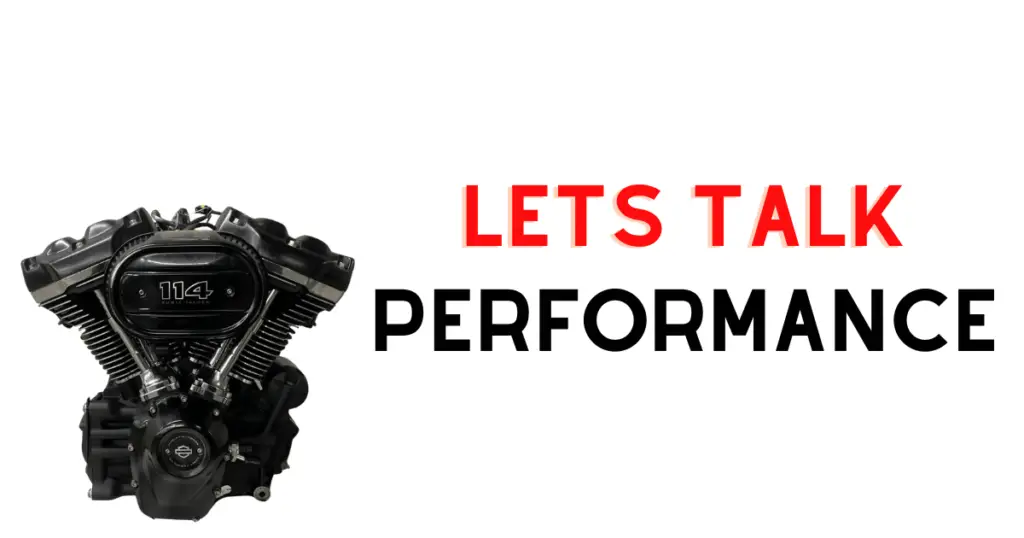
When comparing the Harley 114 and 117 engines, focusing on the specifics of their performance can give you a better understanding of what each offers for your ride.
Engine and Transmission Specs
The Harley-Davidson Milwaukee-Eight 114 engine brings to the table a hearty 1,868cc displacement with a notable performance. It’s geared with a 6-speed transmission to keep your rides smooth while harnessing the power of the engine effectively. The 114 engine boasts four valves per cylinder, aiding in better airflow and efficiency.
Moving up, the Milwaukee-Eight 117 engine, with its larger 1,923cc displacement, delivers higher torque. With the same 6-speed transmission, it mirrors the 114 in maintaining a seamless transfer of power but has a slight edge in performance thanks to the increase in engine size.
Fuel System and Efficiency
Both engines feature an advanced fuel system designed to optimize power and fuel efficiency. The Electronic Sequential Port Fuel Injection (ESPFI) on these models is responsible for the precise delivery of fuel, which not only improves performance but also aids in maintaining good fuel economy relative to engine size.
| Engine Model | Fuel System | Torque (rpm) |
|---|---|---|
| 114 | Electronic Sequential Port EFI | Varies by model* but generally lower than the 117 |
| 117 | Electronic Sequential Port EFI | Up to 127 lb-ft @ 3750 RPM |
While the 114 engine offers a respectable fuel economy, the 117 might have a slightly reduced efficiency due to its higher displacement and performance capabilities. However, both engines strike a balance between power and efficiency that is hard to match, ensuring you get the rush of acceleration without frequent fuel stops.
*Specific torque figures depend on the model of the motorcycle and other factors like exhaust and intake systems.
Related read: Harley 107 vs 114: Specs, Comparisons, and More
Customization and Upgrade Availability
When you’re ready to elevate your Harley’s performance and make it uniquely yours, understanding the available customization options and the importance of proper installation and maintenance is crucial. These upgrades can enhance not only the bike’s power, but also its reliability and longevity.
Aftermarket Parts and Kits
Harley-Davidson enthusiasts like you often turn to aftermarket parts and kits to tailor their ride. You can find a variety of high-quality jugs, pistons, rings, and camshafts designed to fit the 114 and 117 engines, ensuring that each component works seamlessly with your bike’s system.
- Jugs: Upgrade your engine’s cylinders for increased displacement.
- Pistons and Rings: Choose high-performance options for more power.
- Camshafts: Select camshafts that offer better lift and duration for enhanced engine breathing.
Remember, each aftermarket kit is unique, so choose one that matches your desired performance level and riding style.
Installation and Maintenance
Proper installation and maintenance are key to ensuring that your customization efforts yield the best results in terms of both performance and reliability.
Installation:
- It’s essential to follow the manufacturer’s instructions to the letter or hire a professional builder if you’re not confident doing it yourself.
- The right tools and a clean work environment are your allies in achieving a successful upgrade.
Maintenance:
- Post-installation, regular maintenance is paramount to sustain your Harley’s performance and safety.
- Regular checks and timely replacements of any worn parts will help extend the longevity of your Harley and keep it running smoothly.
To optimize ease of use and ensure reliable performance, always consult with experienced professionals regarding both labor and maintenance. Your investment in proper upgrades and upkeep will not only maximize your Harley’s potential but also protect your investment.
Related read: Is the Harley 114 a Good Engine? Yes, No, Maybe So (and Why)
Reported Riding Experience
You’ll notice that much of the enjoyment you get from riding a Harley comes down to the engine’s capabilities and how it translates into your overall experience.
Handling and Comfort
The Harley 114 and 117 engines significantly shape your ride with features designed for a smooth yet powerful ride. The 117-cubic inch engine is counter-balanced to reduce vibration, a key factor in rider fatigue. This system, paired with the precision oil or air cooling, maintains a comfortable temperature and alleviates excess heat that can be uncomfortable on longer rides. With these engines, you get an improved riding experience that allows for more relaxed, longer journeys.
Your Harley’s lean angle is also an important aspect of comfort and handling, particularly when navigating tight turns. The careful engineering behind these motorcycles ensures that you enjoy a balanced and surefooted feel as you corner.
Performance on the Road
- Horsepower and Power Output: The main advantage of the larger and more powerful 117 engine is its increased horsepower and power output. This translates to more thrilling acceleration and an enhanced performance when you’re asking for speed. The 114 isn’t far behind, though; it’s reputable for providing a strong, punchy ride.
- Weight and Mileage: Although bigger engines typically increase weight, Harley has managed to keep this in check to ensure the motorcycle’s responsiveness isn’t compromised. As for mileage, there’s a bit of a trade-off for that extra oomph—larger engines like the 117 might be slightly hungrier for fuel than the 114. However, the trade-off is considered worth it by many for the power and thrill it adds to the ride.
When you hit the road, the engines’ design ensures a smooth and responsive ride, allowing you to harness their power without unnecessary roughness or instability. Whether you’re cruising down the highway or maneuvering city streets, you can feel the difference these engines make in your ride.
Accessory Systems
When upgrading or maintaining your Harley engine, paying close attention to the accessory systems is key for performance and longevity. These systems, including cooling, ignition, intake, exhaust, electrical, and tuning, work collectively to enhance your motorcycle’s function and ride quality.
Cooling and Ignition Systems
Cooling System: Your Harley’s engine health heavily relies on the cooling system, especially in high-displacement engines like the 114 and 117. For the 117, the twin-cooled feature includes liquid-cooled cylinder heads for optimal temperature management. The 114 may use either oil-cooled or twin-cooled setups depending on the model.
Ignition System: An efficient ignition system ensures a timely spark to ignite the fuel-air mixture. Ensure the battery is in good health and the spark plugs have the appropriate gap to maintain the engine’s ignition timing. Upgrading to a high-performance ignition system can further improve engine responsiveness.
Intake and Exhaust Systems
Intake System: Upgrading to a heavy breather intake or a high-flow air cleaner can increase your engine’s air intake, thereby improving combustion and power output.
Exhaust System: A free-flowing exhaust system allows waste gases to exit with minimal backpressure. This can be crucial for engines of this size. Not only does it affect performance, but it also contributes the signature Harley rumble.
Electrical and Tuning
Electrical: The electrical system orchestrates a symphony of functions—from starting your bike to keeping the lights on. Always use a reliable and properly charged battery to avoid electrical mishaps.
Tuning: To fully optimize your engine’s potential, consider using a tuner like a Power Commander. This device allows you to adjust the fuel and ignition parameters for improved performance and efficiency.
By keeping these accessory systems in prime condition, you elevate your Harley’s performance and extend its lifespan. Remember to choose high-quality components and professional installation for best results.
Ownership Considerations To Be Aware Of
When choosing between the Harley 114 and 117 engines, remember that ongoing support and the costs tied to ownership are as crucial as the initial purchase.
Warranty and Support
Your Harley-Davidson motorcycle comes with a warranty that’s designed to give you peace of mind. The manufacturer’s warranty typically covers both the 114 and 117 engines for two years with unlimited mileage. However, warranty terms can vary, so it’s essential to confirm the specifics with your dealer. As for support, Harley-Davidson dealerships offer excellent customer service, and you can expect comprehensive assistance for maintenance and warranty-related queries.
Cost of Ownership
The cost of owning a Harley-Davidson motorcycle with either a 114 or 117 engine is influenced by several factors:
- Price: Generally, models with the 117 engine are more expensive than those with the 114 due to the larger displacement and enhanced features.
- Mileage and Fuel Economy: While bigger engines like the 117 might offer more power, they can also be less fuel-efficient. Your fuel economy will vary based on riding habits and conditions.
- Maintenance Costs: Regular maintenance is key to keeping your bike running smoothly. Service costs can differ depending on the model and local dealership pricing.
By keeping these considerations in mind, you’ll be better prepared for the ownership experience that comes with your Harley-Davidson motorcycle.
Frequently Asked Questions
In this section, we’re addressing some of the most common curiosities you might have about the differences between Harley-Davidson’s 114 and 117 engines, including performance nuances and engine specifications.
What distinguishes the performance of the Harley Davidson 114 from the 117 engine?
The 117 engine generally delivers more power and torque due to its larger displacement compared to the 114 engine. This means you can expect a beefier throttle response and stronger acceleration with the 117.
Can you describe the horsepower increase when upgrading from a 114 to a 117 engine on a Harley-Davidson?
Upgrading from a 114 to a 117 engine often results in a significant horsepower boost, which translates into faster acceleration and improved performance at higher speeds, enhancing your riding experience.
In what models did Harley-Davidson first introduce the 117 engine?
Harley-Davidson first introduced the 117 engine in their premium CVO (Custom Vehicle Operations) models, marking it as their top-tier powerplant for performance enthusiasts.
What are the common improvements made when Harley owners upgrade from a 114 to a 117 engine?
When upgrading from a 114 to a 117 engine, owners typically experience increased displacement, leading to more torque and power, which allows for quicker acceleration and a more robust riding performance.
How does the torque compare between the Harley 114 and 117 engines?
The 117 engine usually offers higher torque than the 114, granting you greater low-end grunt for improved pull and passing power, central for an exhilarating cruising experience.




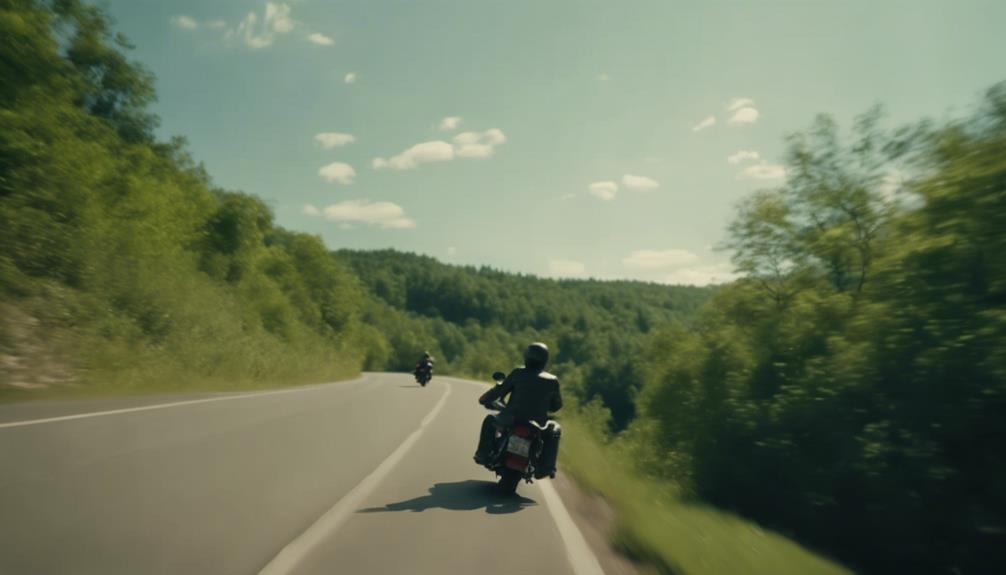
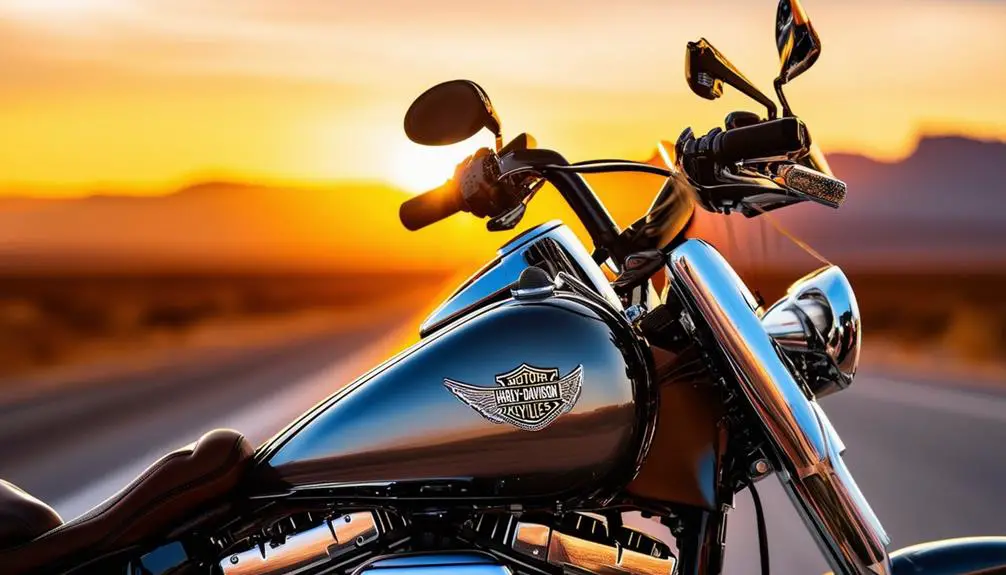
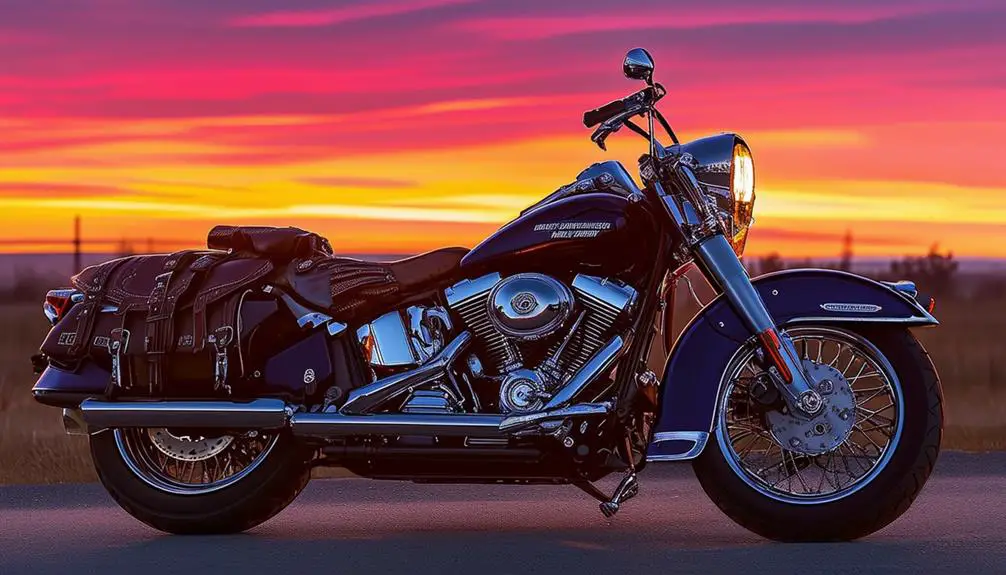

Leave a Reply
You must be logged in to post a comment.